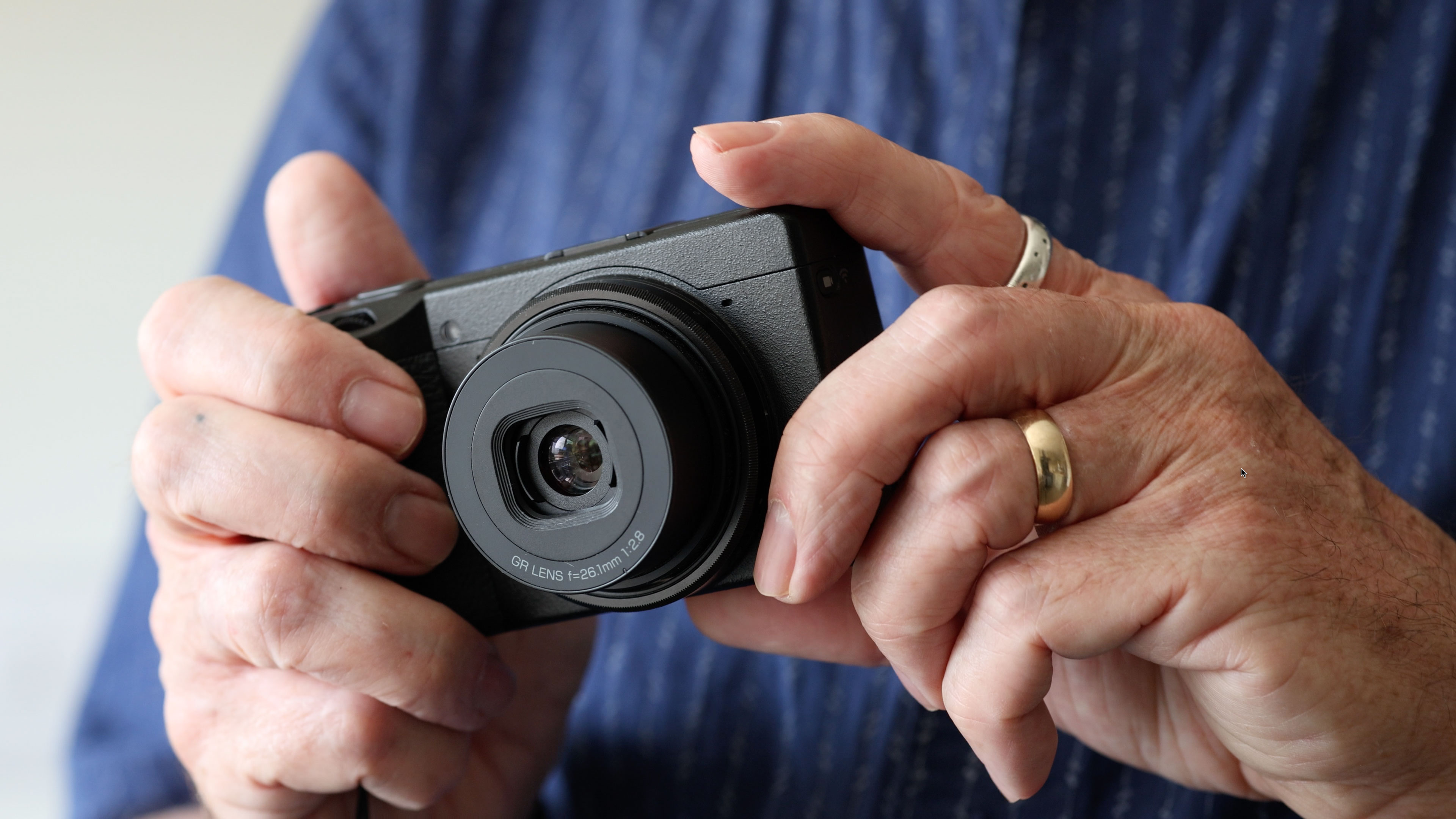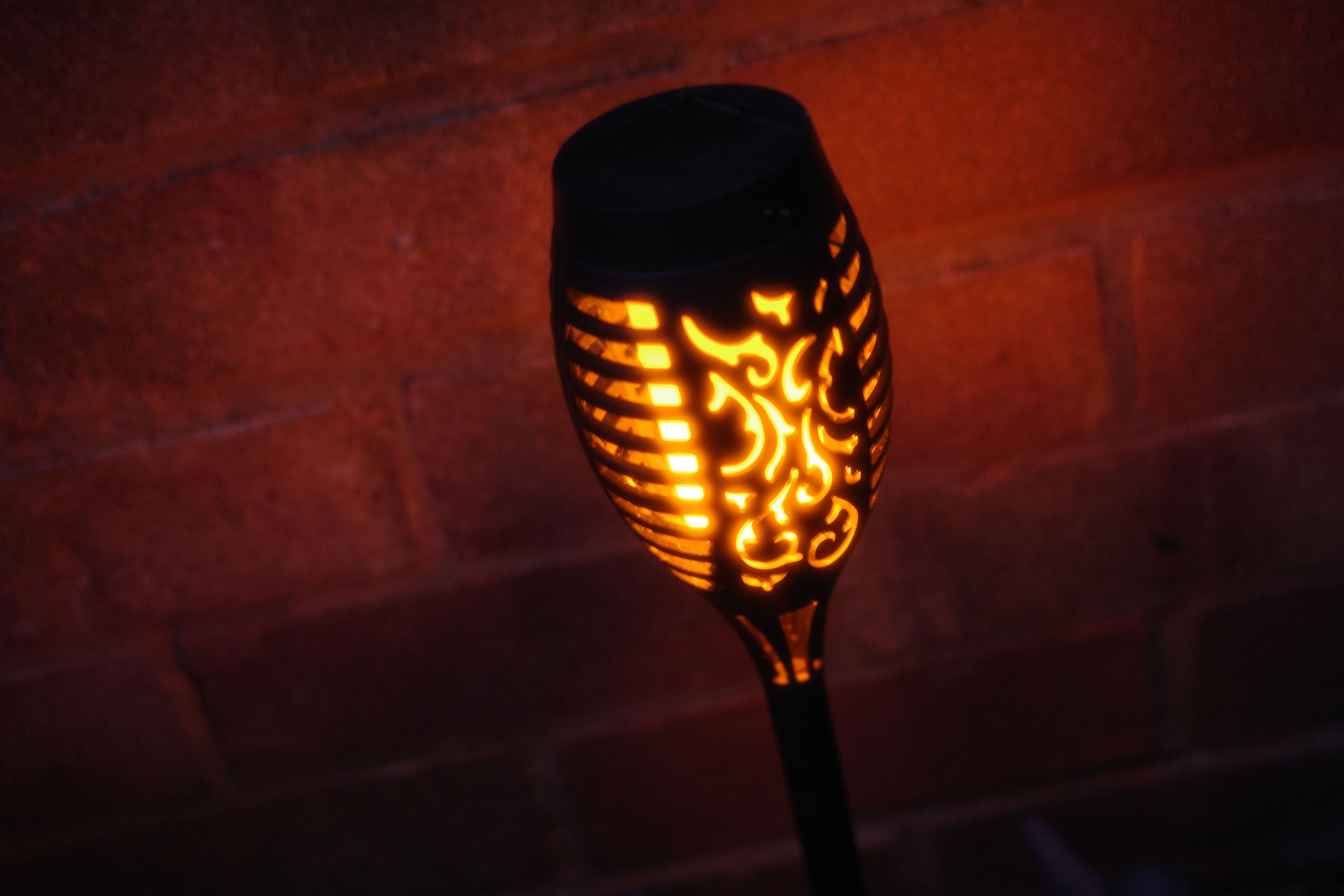The Ricoh GR IIIx is an insanely popular camera, but this is the one that I would pick instead for the film-like look
The Ricoh GR IIIx is a popular point-and-shoot camera, but the model that I would pick is actually the Ricoh GR IIIx HDF

The Ricoh GR IIIx puts a mirrorless-camera-worthy sensor into a tiny point-and-shoot that easily slides into a pocket. While the Ricoh GR series has long found fans in street photographers, the resurgence of point-and-shoot cameras has propelled the Ricoh GR IIIx back into the spotlight, placing the camera among the trendy options that are becoming increasingly hard to find. But if I wanted a large sensor point-and-shoot without the higher price tag of models like the Fujifilm X100VI, I wouldn’t buy the Ricoh GR IIIx – because I would buy the similar Ricoh GR IIIx HDF instead.
The Ricoh GR IIIx stands out from the competitive compact camera market because of the camera’s mix of a small body design and a large APS-C sensor. The Ricoh GR IIIx is much more compact than the popular Fujifilm X100VI, not to mention more affordable. Despite the small size, the Ricoh GR IIIx still has the APS-C sensor found in many mirrorless cameras, which means the sensor is larger than compacts like the Sony RX100 VII and the Canon G7X Mark III.
The Ricoh GR IIIx HDF is the more recent version of the Ricoh GR IIIx. But while the Ricoh GR IIIx HDF is the more recent model, it’s not exactly a brand-new camera. Instead, it takes the guts of the popular GR IIIx and adds HDF, or a highlight diffusion filter. When I tried the HDF version, that soft filter won a spot in my retro-camera-loving heart. No, the GR IIIx HDF doesn’t look retro like the X100VI, but that HDF feature creates more film-like images.
The highlight diffusion filter is a softening effect that’s most noticeable when directing the camera towards lights. Point the Ricoh GR IIIx HDF at some city lights at night, for example, and the HDF filter will create soft blooms of light around those street lamps, spreading the light out further and giving them a stronger glow. The highlights, or lightest portions of the image, appear to glow with the filter on.

However, besides making lights appear to glow, the HDF filter also gives images a more analog look. Modern camera lenses are exceedingly sharp, but vintage camera lenses are far softer and create that diffusion effect without any added filters.
What I love about the Ricoh GR IIIx HDF is that the HDF filter can be turned off, so photographers can easily switch between that glowing analog look and a sharper, more modern shot. The effect also pairs well with the GR IIIx’s different color profiles, like the built-in black-and-white profile.
Any camera that can accept lens filters can gain this HDF look, however, with a diffusion filter. What’s unique about Ricoh’s feature is that you don’t need to bring along any accessories to achieve that look; it’s built right into the camera.
Get the Digital Camera World Newsletter
The best camera deals, reviews, product advice, and unmissable photography news, direct to your inbox!
What’s essential to understand about the Ricoh GR IIIx HDF before adding it to your cart, however, is that the HDF is the only new thing about this camera. Otherwise, the guts are the same as the camera introduced in 2019. The camera is starting to show its age a bit, particularly for autofocus and speed. I wouldn’t choose this camera to photograph any sort of action – the Sony RX100 VII does a much better job at locking focus quickly and taking fast burst shots.
While the Ricoh GR IIIx is showing its age a bit, few options on the market put an APS-C sensor into a camera that’s so compact. The GR IIIx’s longer 40mm lens is also better for portraits than compacts with wider lenses, which is why the camera sits on the list of the best APS-C compacts.
I wouldn’t pick the Ricoh GR IIIx HDF for any sort of action, but I would choose it if I needed something truly portable. While the HDF feature is charming, size is the biggest feature going for this camera. You can get that APS-C sensor inside an entry-level mirrorless camera like the Nikon Z30 for less than the cost of the GR IIIx, but it’s a far larger system.
My one hesitation in choosing the Ricoh GR IIIx HDF over the camera without the HDF in the name is that the original model sells for slightly less – it’s about $100 / £100 / AU$95 less than the HDF version. If you don’t want that retro look, then you probably won’t use the HDF feature anyway and could save some cash by picking up the original model instead. For someone like me who loves that retro look, however, the HDF version has a charming soft look built in.
You may also like
Before you buy, read the Ricoh GR IIIx HDF review for the full list of the cameras ins and outs, or browse the best compact cameras available.

With more than a decade of experience reviewing and writing about cameras and technology, Hillary K. Grigonis leads the US coverage for Digital Camera World. Her work has appeared in Business Insider, Digital Trends, Pocket-lint, Rangefinder, The Phoblographer and more.
You must confirm your public display name before commenting
Please logout and then login again, you will then be prompted to enter your display name.
